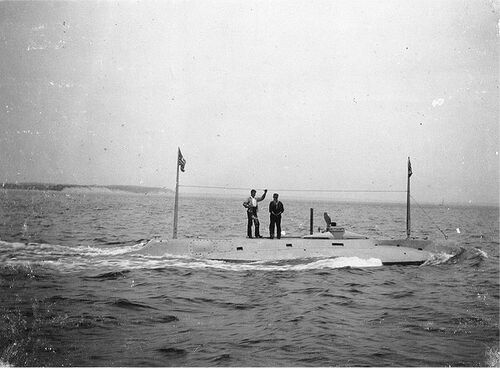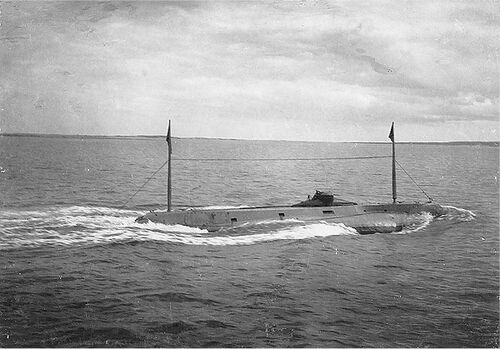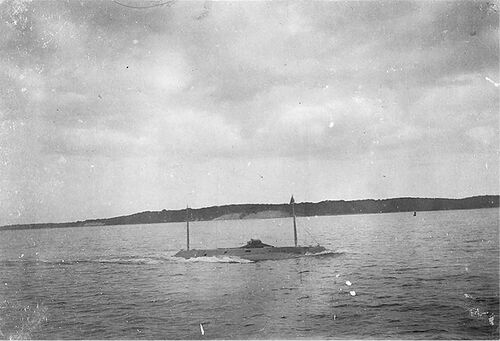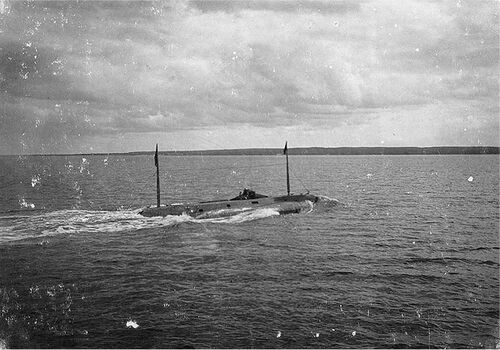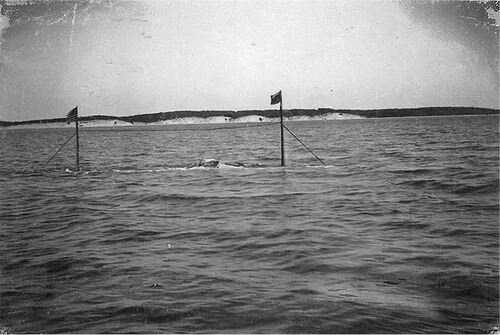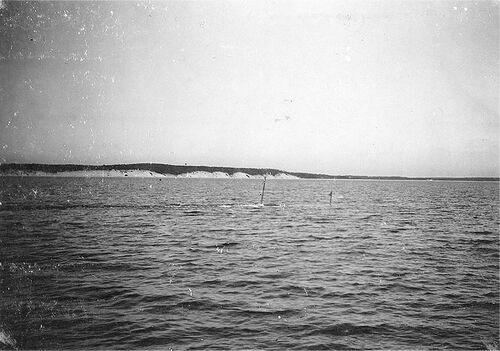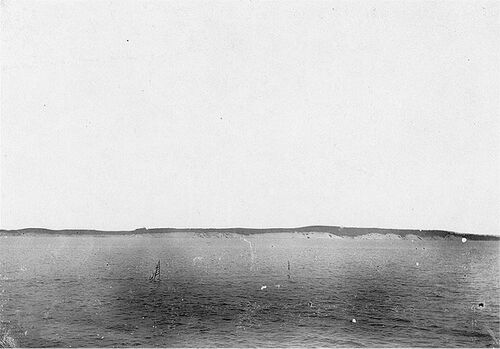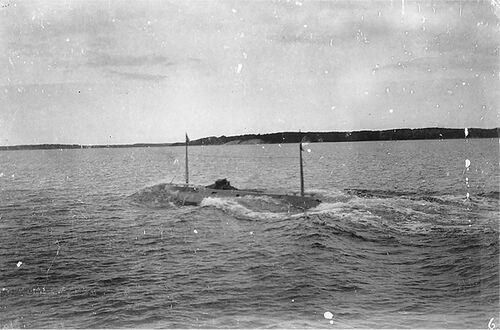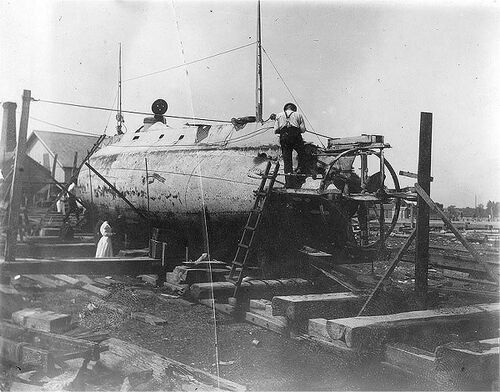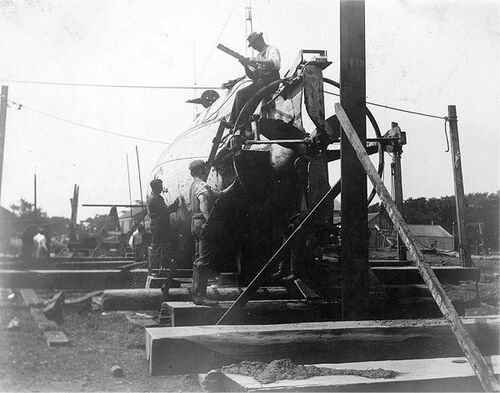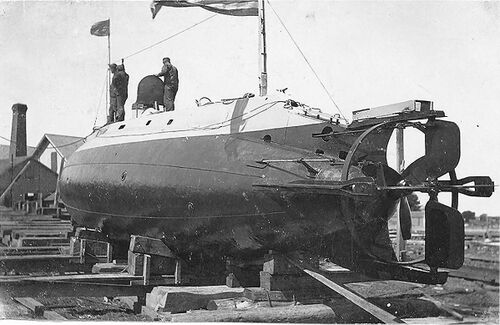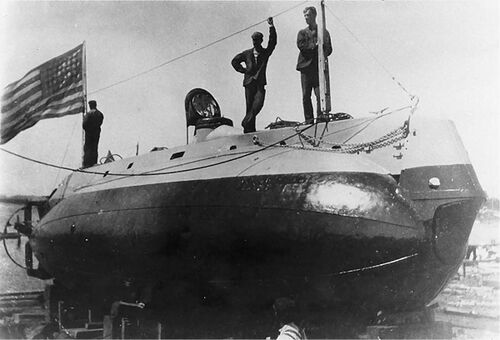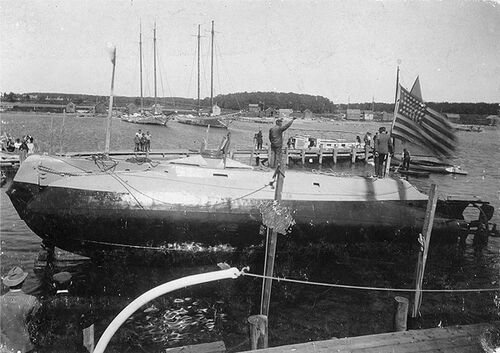Holland

Design, Construction, and Naming Notes
Holland (Submarine No. 1)
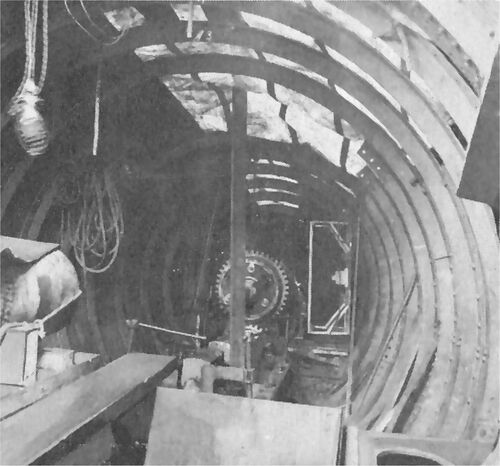
U.S. Navy Photo
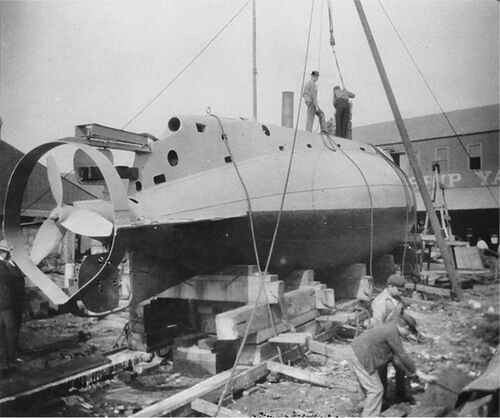
U.S. Navy Photo

U.S. Navy Photo
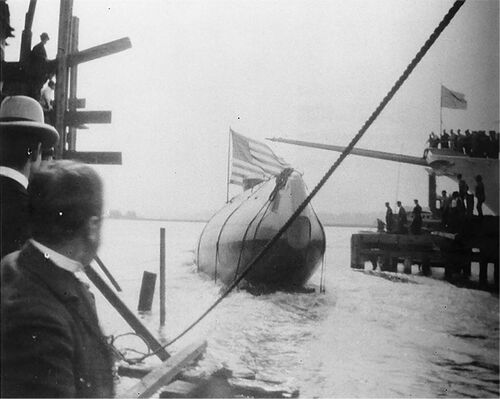
The Holland launch from the Lewis Nixon Crescent Shipyard in Elizabethport, New Jersey May 17, 1897 amid much fanfare, bells ringing and ships whistles blowing and she slides into Arthur Kill waters. She is flying a 45 star flag donated by Lewis Nixon. Oklahoma, Arizona and New Mexico had not been admitted to the Union yet and Alaska and Hawaii were still 60 years away from admission.
U.S. Navy Photo
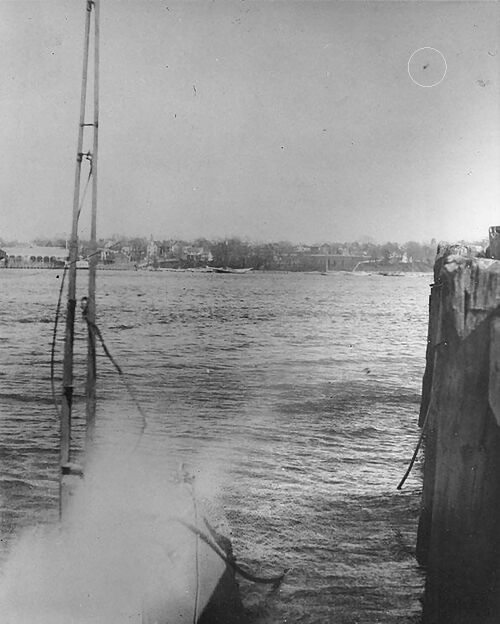
U.S. Navy Photo
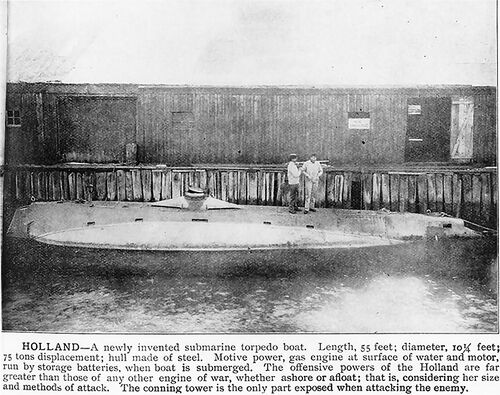
Library of Congress
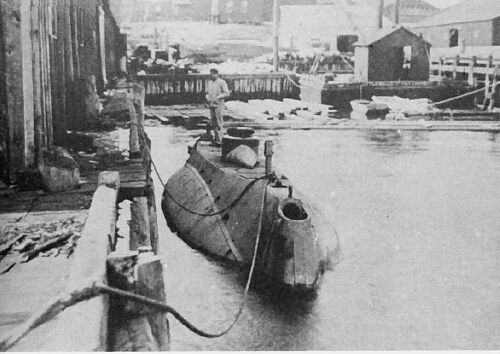
U.S. Navy Photo
The April 20, 1898 Trials
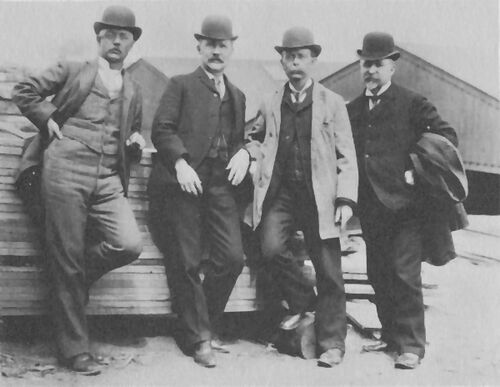
Walter Thompson, superintendent of the Raritan Dry Dock
Charles A. Morris, superintending engineer of the John P. Holland Torpedo Boat Company
John P. Holland, inventor of the submarine
Mr. Matthews, an investor in the John P. Holland Torpedo Boat Company
All there to witness the first real trial run of the submarine boat Holland VI on Raritan Bay before a Navy Board of Inspection.
US Navy Photo
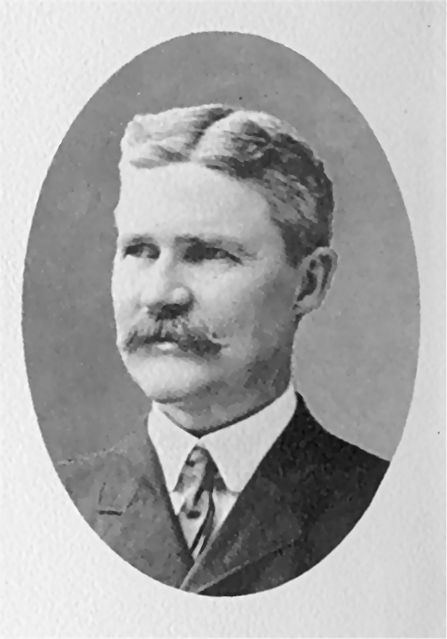
Morris Family Photo
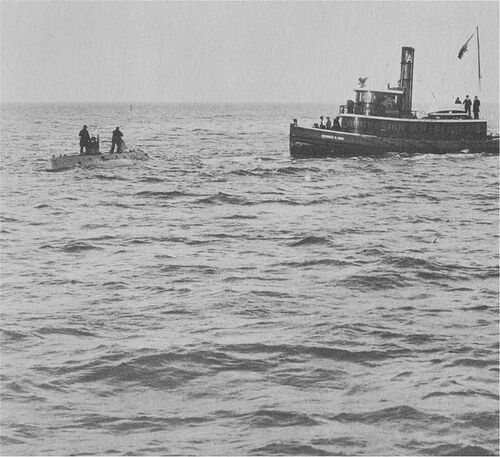
U.S. Navy Photo
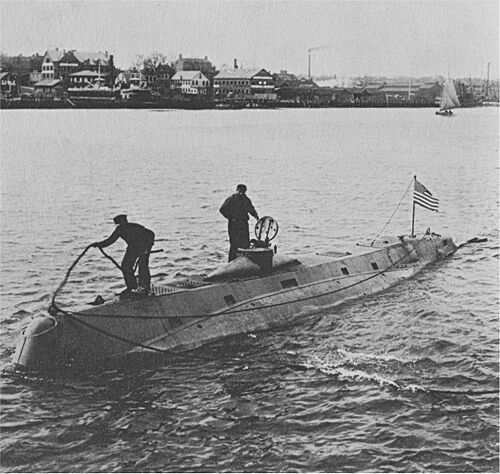
U.S. Navy Photo
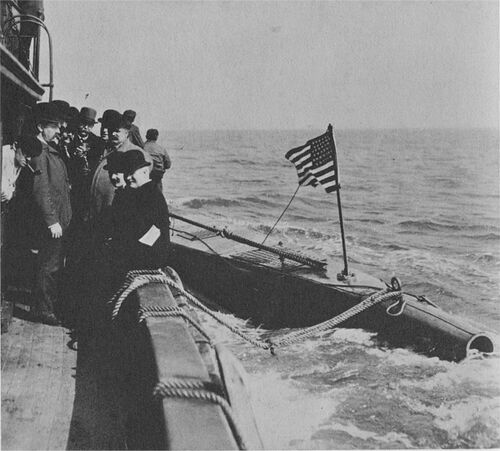
U.S. Navy Photo
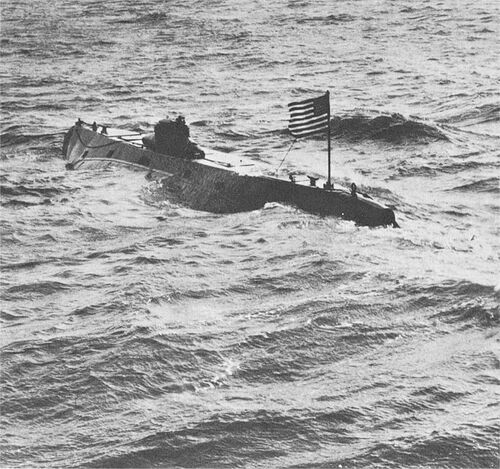
U.S. Navy Photo
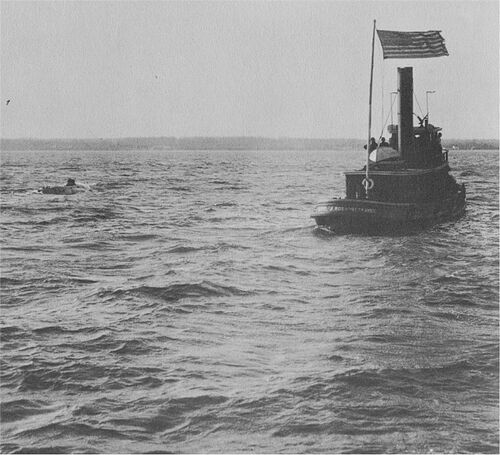
U.S. Navy Photo
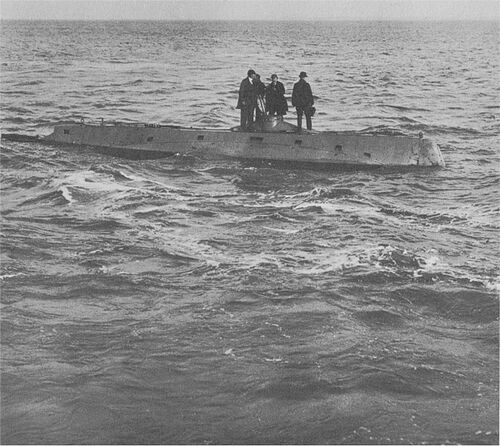
The Erie Basin Haulout
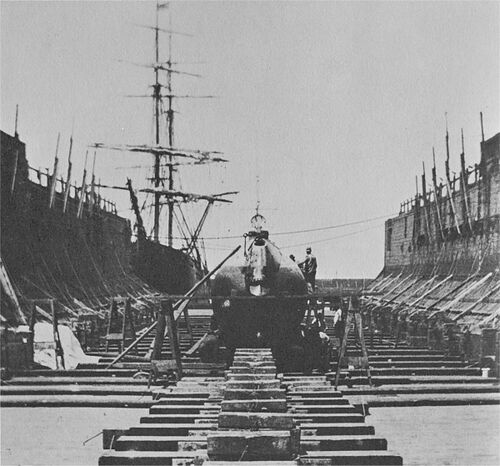
U.S. Navy Photo
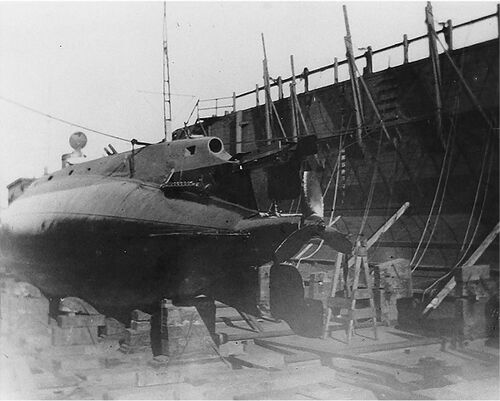
US Navy Photo
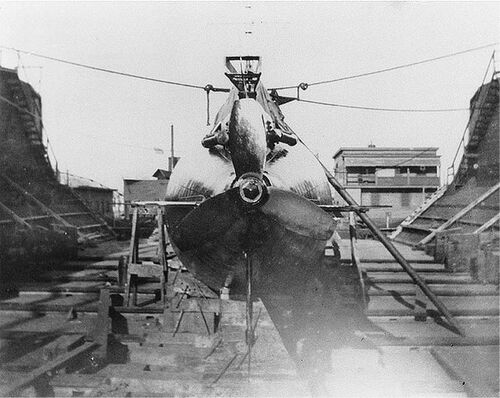
After her successful trials for the navy on April 20, 1898, Holland was towed to the Erie Basin in the south Brooklyn neighborhood of Red Hook. She arrived there on May 1, 1898. The Holland was dry docked at the Erie Basin yard of the John N. Robbins and Company that operated at the foot of 50th Street. A new experimental propeller and modifications to her steering were made in this twenty-four hour period.
US Navy Photo
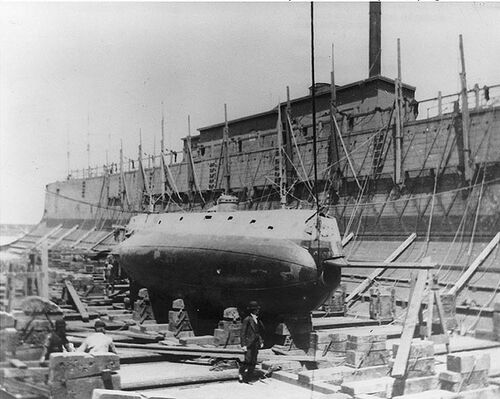
After her successful trials for the navy on April 20, 1898, Holland was towed to the Erie Basin in the south Brooklyn neighborhood of Red Hook. She arrived there on May 1, 1898. The Holland was dry docked at the Erie Basin yard of the John N. Robbins and Company that operated at the foot of 50th Street. A new experimental propeller and modifications to her steering were made in this twenty-four hour period.
The Atlantic Yacht Basin Haulout
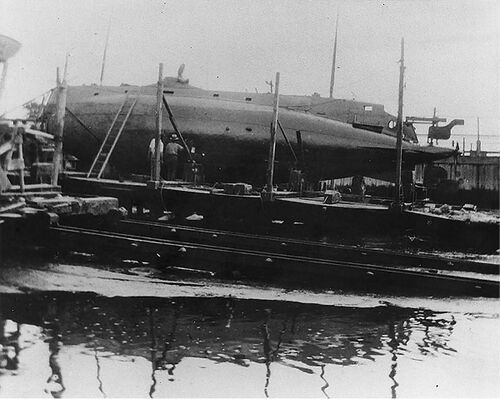
In September 1898 the Holland was hauled out at the Atlantic Basin shipyard and extensive work was done. A new smaller propeller was installed, and fresh paint job and the torpedo tube was re-bored. She was ready for further testing by November 4, 1898. On the 12th of November fresh trials began. This was the first time John Holland did not handle the submarine himself.
Morris Heights Haulout
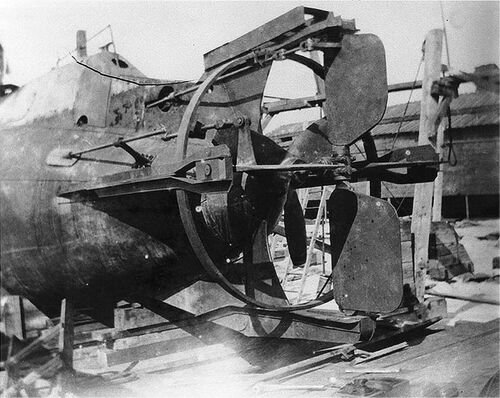
After some disputes with the Navy over the handling of the submarine Holland reluctantly agreed to redesign the rudder/planes and propeller locations. It was argued that placing the propeller forward of the planes would help the inexperienced crews handling of the sub easier. The submarine was towed to the Gas Engine and Power Company yards at Morris Heights on the Harlem River for these modifications. In this photo the modifications have been completed.
US Navy Photo
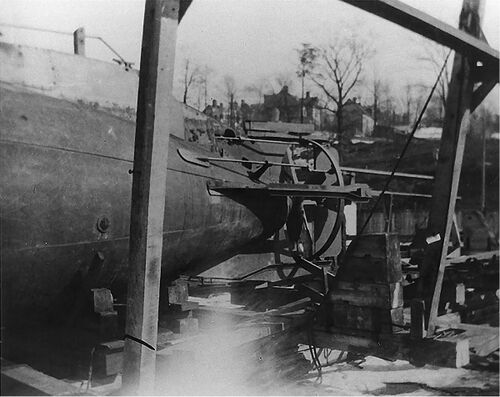
After some disputes with the Navy over the handling of the submarine Holland reluctantly agreed to redesign the rudder/planes and propeller locations. It was argued that placing the propeller forward of the planes would help the inexperienced crews handling of the sub easier. The submarine was towed to the Gas Engine and Power Company yards at Morris Heights on the Harlem River for these modifications. In this photo the modifications have been completed.
US Navy Photo

Shown here working on the Holland overhaul is William F. C. Nindermann. He was a John P. Holland Torpedo Boat Company employee. He appears to be working on some interior piping for the submarine. The photo was taken at the Gas Engine and Power Company yard at Morris Heights on the Harlem River.
US Navy Photo
The Greenport Trials
